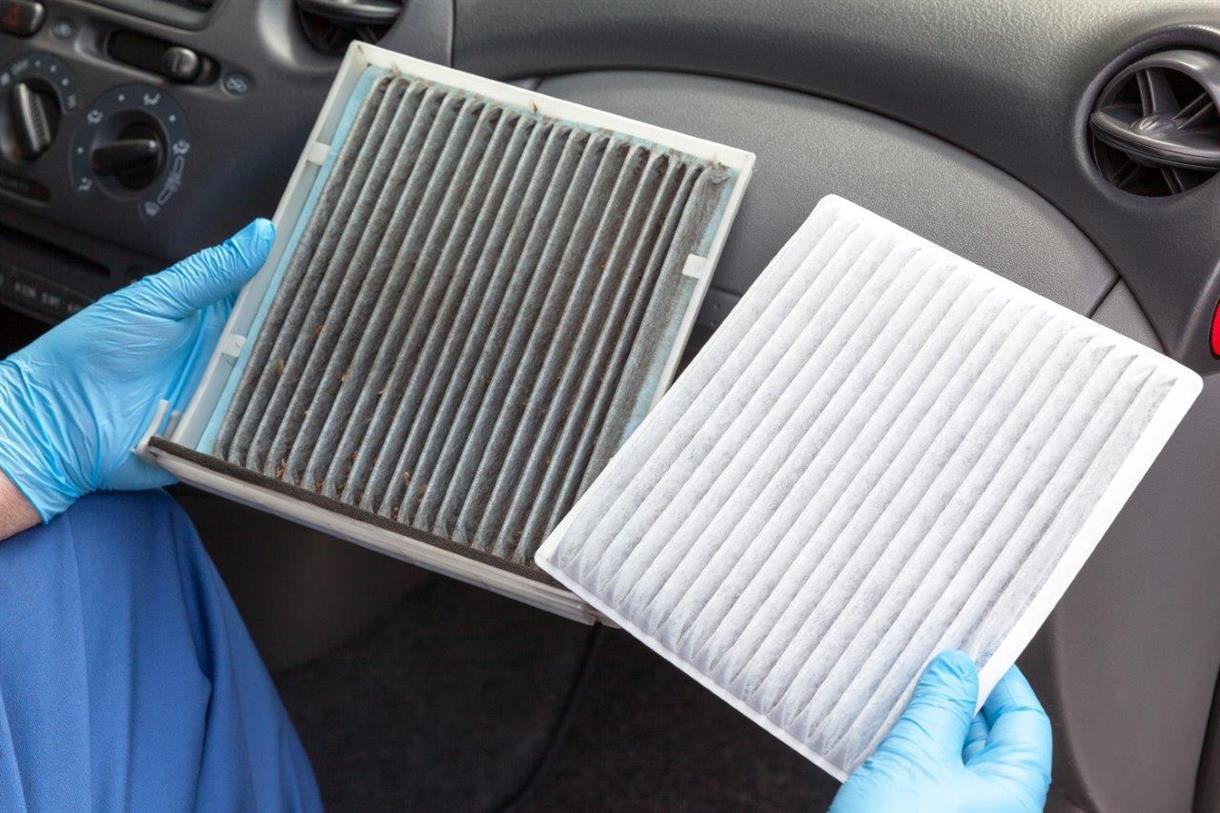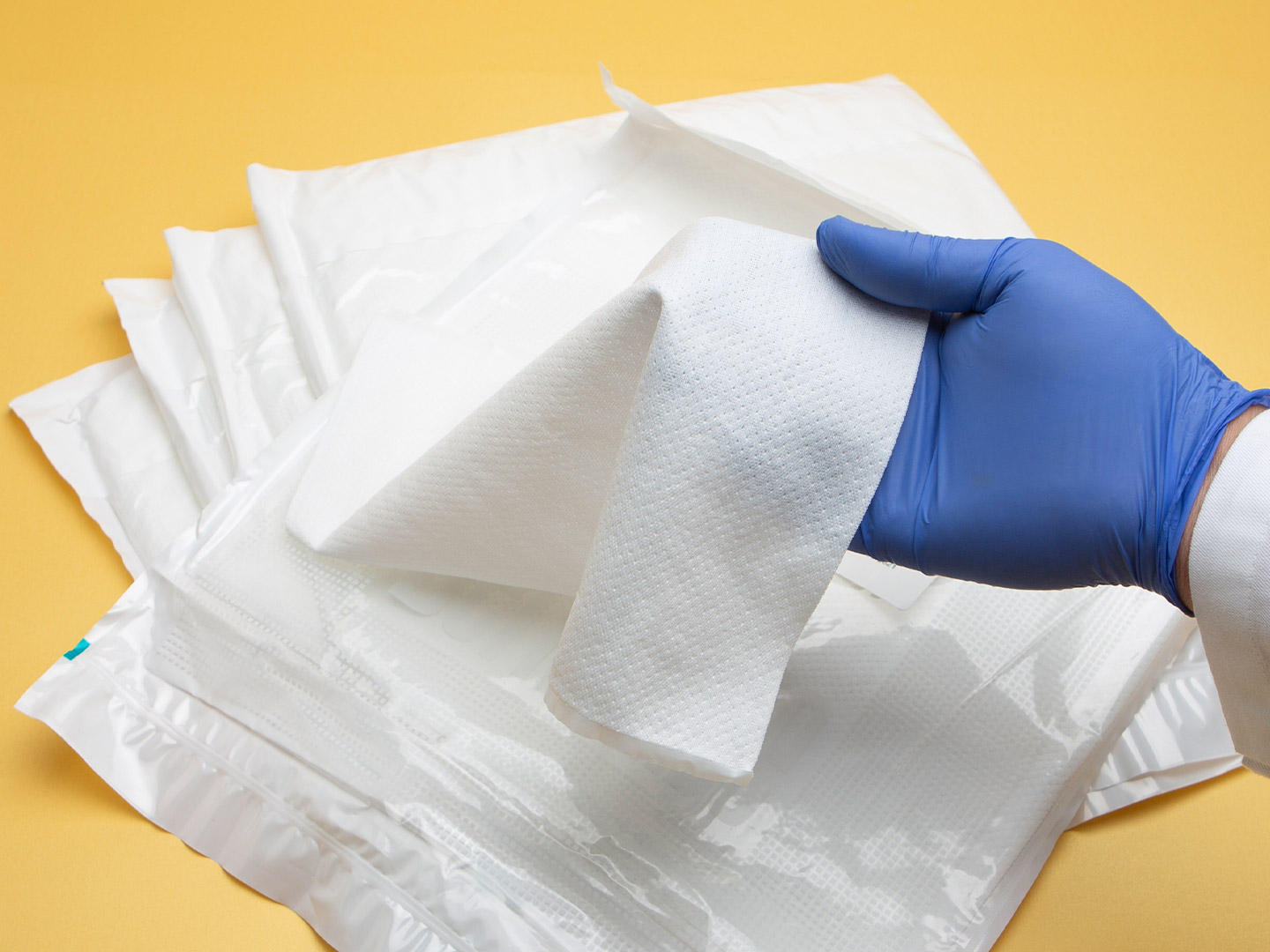Meltblown nonwoven is a common material used to make high quality masks. The meltblown nonwoven fabrics are mainly made of polypropylene as the main raw material, and the fiber diameter can reach 1 to 5 microns. It has many voids, so it is relatively fluffy and has good wrinkle resistance. These ultra-fine fibers have a unique capillary structure that increases the number of fibers and surface area per unit area, making meltblown fabric good for filtration, shielding, insulation, and oil absorption. It can be used in the fields of air and liquid filtering material, isolation material, absorbent material, masking material, heat insulation material, oil absorbent material, and wiping cloth.
Click here to see pictures, specifications, colors, and quantities. Welcome to leave a message.
The meltblown nonwoven fabric is made of polypropylene as the main raw material. The polymer melt stream extruded from the spout hole of the die is drawn by high-speed hot airflow, thus forming ultra-fine fibers and collecting them on the curtain or drum of the condensation net, while bonding itself to become a meltblown nonwoven fabric. The appearance of meltblown nonwoven is white, flat, and soft, and the material fiber fineness is 0.5-1.0um. The random distribution of fibers provides more opportunities for thermal bonding between fibers, thus making the meltblown gas filtration material have a larger specific surface area and higher void ratio (≥75%). After high-pressure electret filtration efficiency, the product has the characteristics of low resistance, high efficiency, and high dust capacity. Learn more about the production process of melt blown nonwoven fabric at Sciencedirect.com
1. Polymer feeding.
2. Melt extrusion.
3. Fiber formation.
4. Fiber cooling.
5. Web formation.
6. Reinforcement into cloth.

Filtration is to separate the particulate matter dispersed in the gas or liquid, meltblown nonwoven has the characteristics of fine fiber, many pores, and small pore size, used in the field of gas filtration.
Gas filtration: medical masks, indoor air conditioner filtration materials, filter media, etc. In order to improve the filtration effect, the fiber fineness can be reduced and the density of the filter material can be increased, but this will cause a significant increase in infiltration resistance.
The standing level treatment makes the meltblown nonwoven material with static electricity, which can improve its filtration effect through the electrostatic effect.
The meltblown nonwoven withstanding level treatment has the advantage of high filtration effect and low filtration resistance because it has lasting static electricity and can rely on the electrostatic effect to trap fine dust.

Medical masks: The inner and outer layers are made of spunbond material, and the heavy armor is made of composite material (SMS) made of meltblown material.
The key filter layer in the mask cloth that can play the role of filtering bacteria and viruses and microscopic dust is meltblown nonwoven, which is the current high-end use of meltblown nonwoven.

PP meltblown nonwoven fabric is a good oil-absorbing material because of its material characteristics and microfiber structure and has been widely used in Europe, America, Japan, and other developed countries, such as offshore oil spills, factory equipment oil spills, and sewage treatment.
Polypropylene meltblown nonwoven fabric has the characteristics of hydrophobic and oleophilic, resistant to strong acid and alkali, smaller density than water, and can float on the water surface for a long time after oil absorption without deformation, and can be recycled and stored for a long time. pp meltblown nonwoven fabric is made into oil-absorbing rope, oil-absorbing chain, oil-absorbing pillow, etc. The oil-absorbing capacity can be played to 10-50 times of its own weight.

Warm material (clothing material) has good warmth and can be used for a longer period of time without changing its warmth. PP meltblown nonwoven fabric has excellent characteristics such as light, thin, soft, warm, breathable, etc., which solves the problem of the military winter clothing supporting the amount of warmth outside large and inside small, and has become a new type of filling material for warm clothing designated by various countries, land, sea, and air.

The diaphragm material is an important component of the battery, often placed between the positive and negative plates. The main function is to insulate the positive and negative plates to ensure the flow of dielectric. Polypropylene material has excellent acid and alkali resistance new energy, pp meltblown diaphragm material has a small pore size, high porosity, low resistance, and a variety of product variations.
Each positive and negative plate is separated by a porous microfiber material (also known as battery diaphragm material), this fiber material is the electrochemical process of liquid want to transfer and gas-phase transfer channel.

Meltblown nonwovens are considered safe for commercial manufacturing of masks. However, meltblown fabric also has a difference in quality. The more common meltblown technology used for masks is those with bacterial filtration efficiency greater than or equal to 95% and greater than or equal to 99%. The mask only cuts off the transmission carrier of viruses, such as droplets, saliva, aerosols, etc. As long as they meet both of these are masks are safe.
China is the world's largest producer of nonwoven fabrics, but the production of meltblown nonwoven fabrics is relatively small. In 2019, China's meltblown nonwoven fabric making machine production capacity of 80,000-100,000 tons, production of only 55,000 tons, accounting for only 0.9% of the total non-woven fabric.

According to the statistics of China Industrial Textiles Association, by April this year, the daily production capacity of domestic meltblown nonwoven is around 200 tons (1 ton of meltblown nonwoven can produce 1 million masks or 300,000 N95 masks). According to statistics, the current domestic market demand for masks is about 300 million per day, and considering the demand for meltblown nonwovens in other application areas, there is currently a large market gap in the production of polypropylene meltblown nonwoven fabric.
On May 9, 2020, Sinopec announced the completion of all 16 meltblown fabric production lines, including 4 for Yanshan Petrochemical and 12 for Yizheng Chemical Fiber. Together with the capacity of the joint venture, Sinopec has built the world's largest meltblown fabric production line with a daily capacity of 37 tons and an annual output of 13,500 tons.
Meltblown nonwoven fabric belongs to the core fabric of masks, and now the market price is gradually stabilizing. Medical masks are generally multi-layer structures with white fused blocks, fluffy structures,s, and good wrinkle resistance. The offcuts of polypropylene can basically produce a ton of particles with different filtration indexes. To come to know about the price of one ton of meltblown nonwoven fabric, you can come to contact our product manager. G&F is a leading meltblown nonwoven fabric manufacturer in China, that will give you detailed answers and suggestions.

1. Medical and sanitary fabrics: surgical gowns, protective clothing, disinfection wraps, masks, diapers, women's sanitary napkins, etc;
2. Home decoration fabrics: wall coverings, tablecloths, bedsheets, bedspreads, etc;
3. Garment fabrics: lining, bonded lining, wadding, shaped cotton, various synthetic leather backing, etc;
4. Industrial fabrics: filtration materials, insulation materials, cement packaging bags, geotextiles, coverings, etc;
5. Agricultural fabrics: crop protection cloth, rice planting cloth, irrigation cloth, heat preservation curtain, etc;
6. Other: space cotton, heat insulation materials, oil-absorbing felt, cigarette filters, bagged tea bags, etc.

During volcanic activity a fibrous material may be drawn by vigorous wind from molten basaltic magma called Pele's hair. The same phenomenon applies for melt blowing of polymers. The first research on melt blowing was a naval attempt in the US to produce fine filtration materials for radiation measurements on drone aircraft in the 1950s. Later on, Exxon Corporation developed the first industrial process based on the melt blowing principle with high throughput levels. China produces 40% of the non-woven fabric in the world with the majority produced in Hebei province (2018). (Source: https://en.wikipedia.org/wiki/Melt_blowing)
All Rights Reserved: https://www.groupgf.com/info-detail/the-8-secrets-about-melt-blown-nonwoven-fabric
Copyright Notice: This is an original (translated) article from G&F Group Inc., please indicate the source from G&F Group Inc.. If there is any infringement, please contact us first.
 Nonwovens in daily life ----- filtration
Nonwovens in daily life ----- filtration
 Nonwovens in daily life ----- automotive
Nonwovens in daily life ----- automotive
 What is SAP – superabsorbent polymers
What is SAP – superabsorbent polymers
 The Future of Global Nonwoven Wipes to 2029
The Future of Global Nonwoven Wipes to 2029